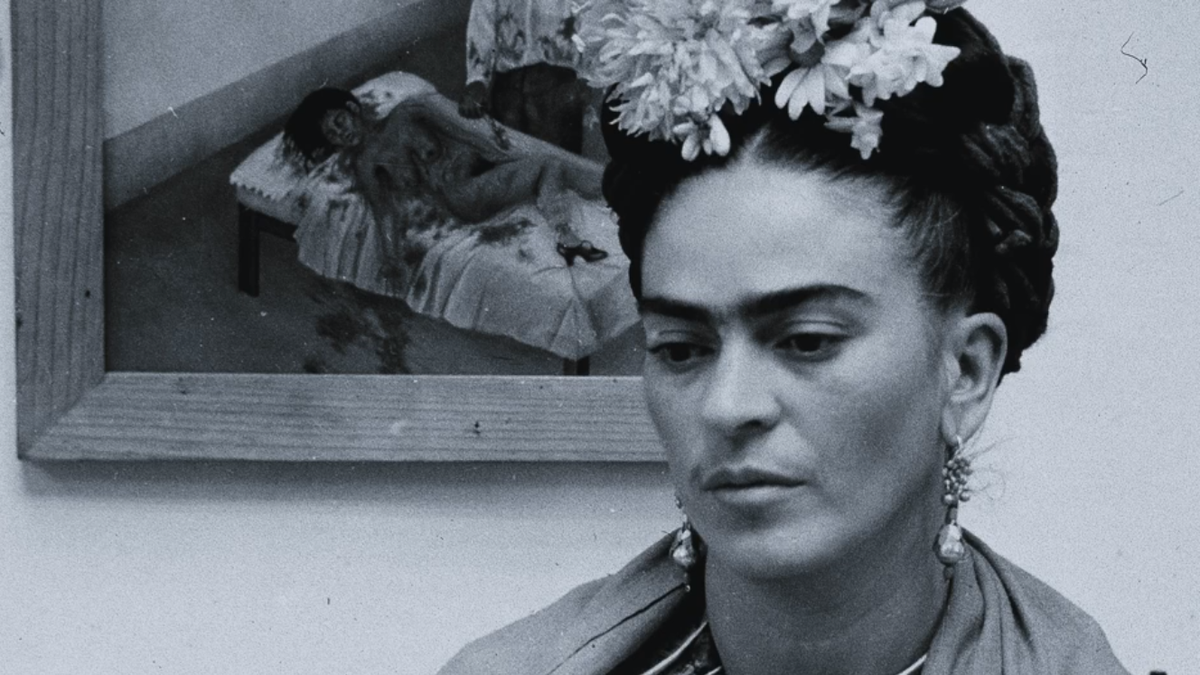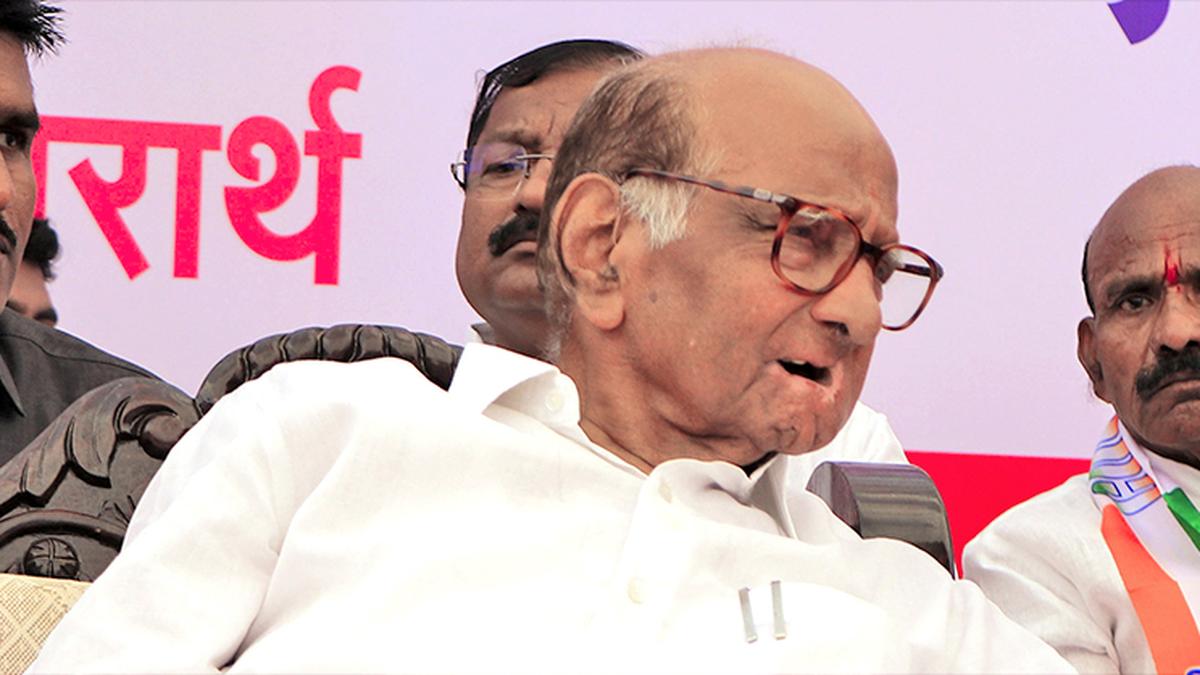The story of Frida Kahlo, one of the most influential artists of the 20th century, has been told many times in the past few decades, Julie Taymor’s 2002 film starring Salma Hayek as the Mexican surrealist painter being the most popular of them all. This is ever since the world realised it needed to tell how this meek young Mexican girl went on to live so passionately, chasing her ideals of freedom, painted like a dream, braced a world of suffering, and became an ever-inspiring champion of resilience, independent thinking, womanhood, and sexual and emotional liberation.
To tell Kahlo’s story in her latest documentary film, Frida, filmmaker Carla Gutierrez uses a goldmine that most of the previous tellings missed out on; the film is a first-person narrative that is largely based on Kahlo’s own writings, letters, an illustrated diary and interviews. Raw, heart-achingly passionate, sharp-witted, yet as tender as that of a child, Kahlo’s words evoke a thousand waves of emotions. See how tenderly she expresses her coloured desires when she talks about what went through her when she was with her first boyfriend, Alejandro: “I’m attracted to intelligent people. I choose those I feel are superior to me. My Alex. My beloved Alex. I wanted Alejandro to f*** me but he preferred to tell me nice things. He’d recite poetry and give me kisses and hugs. I think that everything that gives pleasure is good. Breath. Aroma. Armpit. Love. Abyss.” It’s a revelation to know what a gifted writer we missed in Kahlo.
Basing the 87-minute film’s narrative on what Kahlo herself was willing to talk about — other sources only add perspective — removes you from any feeling of intruding upon a life. It also acquits Carla if you get a passing sense of imbalance in which parts of the story the documentary chooses to linger on. If anything, you are only consumed by the beauty and the pain in all that gets spotlighted. Like how Kahlo looks back at her childhood to take a witty jab at theism. Or how unabashedly she expresses her love to her many lovers. Or the chic and unshakable confidence she puts forth in how she wishes to dress. It’s great fun to see Kahlo show Rivera’s patriarchy its place, or through her own words see how disgusted she was at what artists and gallerists have made of Surrealism — her style of painting which she herself puts down as “a decadent manifestation of bourgeois art.”
Through how she speaks of Rivera, you also wonder about the depths of love a heart should have dared to venture, to be able to look back at the journey with wounds still fresh and to be able to touch through memory the innocence of falling in love.
But nothing prepares you to witness how Kahlo — once talking about colours as features that add life to everything around her (Yellow, “Sun and happiness,” Green, “good warm light,” Mexican Red, “old blood of prickly pear,” and Brown, “color of molé and earth”) — now suffering from chronic pain and depression, starts to see despair even in colours (Yellow, “sickness, fear, all the ghosts wear this color,” Red, “blood,” and Black, “nothing is black, truly nothing”). And yet, even her journey in painting becomes an exemplary showcase of resilience when you see her get up from bed one more time to paint. “I am not afraid of death. I must face the bitter fact that having many lives would still not be enough to get me to paint everything I want,” she says. Painting really did complete Kahlo’s life, and to witness one of the greatest artists give all she has left to her art form is as powerful and profoundly soul-stirring as the art she creates.
Victor Hernández Stumpfhauser’s rousing, meditative background score, exclusive archival footage digitalised to pristine quality, and the expertly animated surreal paintings of Kahlo add up to make Frida an entrancing experience. This is as near a piece of cinema can take you to a life lived almost a century ago, the closest a tribute has come to immortalising Kahlo’s legacy and some of all that went through her heart. Hours after watching the documentary on Prime Video, Kahlo’s words still reverberate in me.











